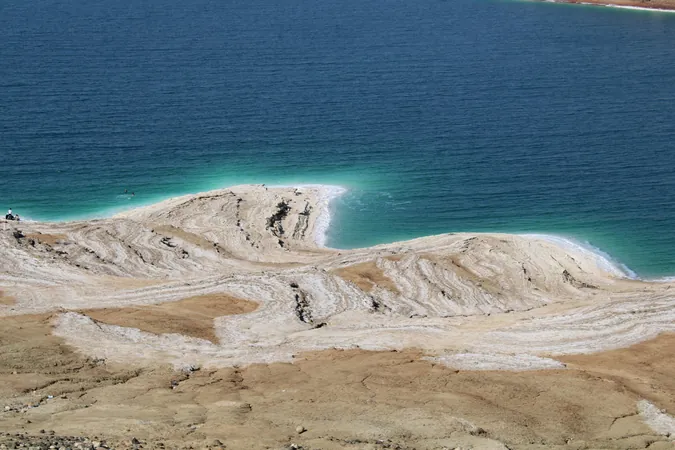
Unveiling the Secrets of the Dead Sea's Enormous Salt Giants
2025-07-19
Author: William
The Dead Sea: A Unique Geological Wonder
Nestled at the Earth's lowest point, the Dead Sea isn't just famous for its high salinity; it's also a hotspot for scientific discoveries. With a density that draws curious visitors—and researchers alike—the lake functions as a living laboratory where extraordinary geologic phenomena occur.
The Fascinating Formation of Salt Giants
Recent studies have turned the spotlight on the Dead Sea's colossal salt giants—massive deposits that can stretch for kilometers horizontally and soar over a kilometer deep. According to Eckart Meiburg, a mechanical engineering professor at UC Santa Barbara, the Dead Sea provides a unique environment to explore how these monumental formations come to life.
A Study of Evaporation and Saturation
Meiburg and his colleague Nadav Lensky, from the Geological Survey of Israel, delve into the dynamics of how such salt giants are formed. The Dead Sea, a terminal lake with no outflow, is primarily impacted by evaporation, which has caused its level to plummet over millennia and leave behind a plethora of salt deposits.
The Impact of Climate Changes
Accelerated by damming the Jordan River—the main water source for the Dead Sea—this decline is estimated at about 1 meter (3 feet) annually. Previously, the lake maintained stable layers of warm, less salty water over colder, denser layers, but this delicate balance shifted in the early 1980s, leading to dramatic changes in its stratification.
Summer Surprises: The ‘Salt Snow’ Effect
In a groundbreaking 2019 discovery, researchers observed an unusual phenomenon: halite crystals, nicknamed 'salt snow,' forming in summer months. This is contrary to the norm, where such precipitation typically occurs in cooler seasons. As warm surface temperatures increased evaporation and salinity, pockets of saltier water cooled and sank, promoting the intriguing 'double diffusion' process that leads to these unique formations.
Geological Insights from the Past
The mechanisms of salt deposit formation in the Dead Sea can even shed light on ancient geological events, like the Messinian Salinity Crisis that occurred 5.96 to 5.33 million years ago, when large parts of the Mediterranean dried up. Researchers believe that similar processes created the thick salt deposits found buried beneath the Mediterranean today.
Future Research and Applications
Understanding these powerful geological dynamics not only enriches our knowledge of hypersaline lakes but could also provide valuable insights into coastal erosion, stability, and resource extraction in arid regions. The Dead Sea continues to captivate both scientists and nature enthusiasts alike as it reveals the breathtaking processes shaping our planet.
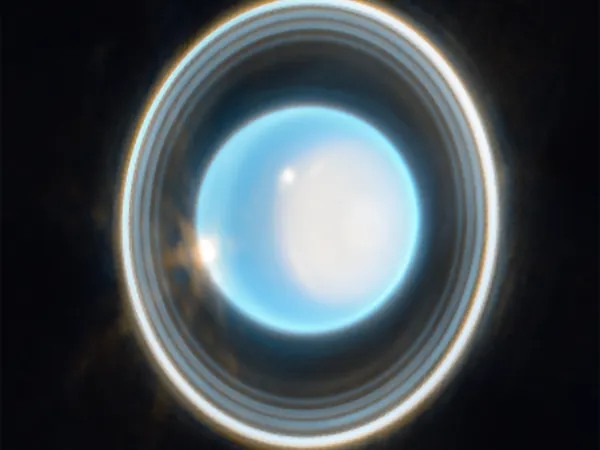





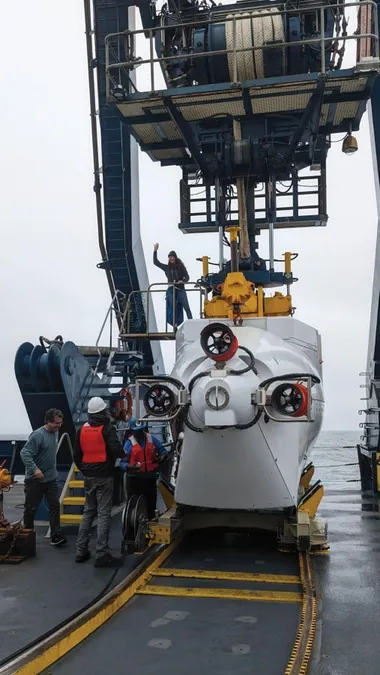
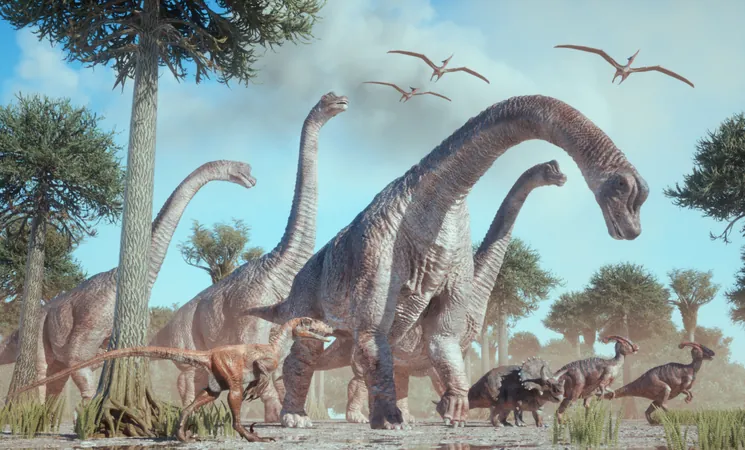
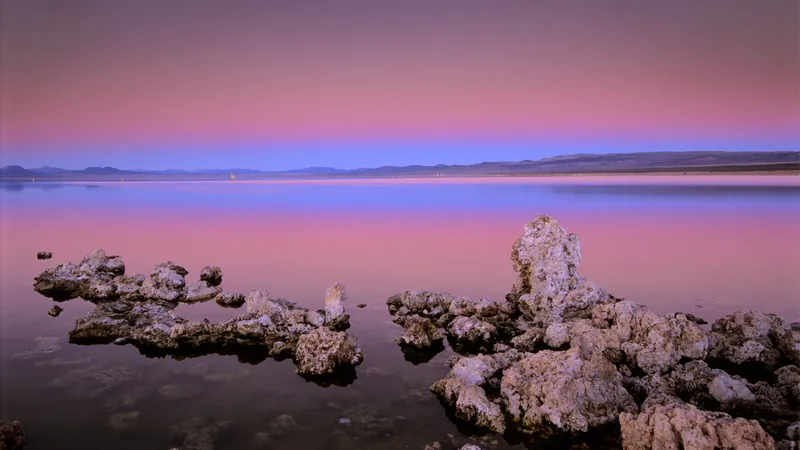
 Brasil (PT)
Brasil (PT)
 Canada (EN)
Canada (EN)
 Chile (ES)
Chile (ES)
 Česko (CS)
Česko (CS)
 대한민국 (KO)
대한민국 (KO)
 España (ES)
España (ES)
 France (FR)
France (FR)
 Hong Kong (EN)
Hong Kong (EN)
 Italia (IT)
Italia (IT)
 日本 (JA)
日本 (JA)
 Magyarország (HU)
Magyarország (HU)
 Norge (NO)
Norge (NO)
 Polska (PL)
Polska (PL)
 Schweiz (DE)
Schweiz (DE)
 Singapore (EN)
Singapore (EN)
 Sverige (SV)
Sverige (SV)
 Suomi (FI)
Suomi (FI)
 Türkiye (TR)
Türkiye (TR)
 الإمارات العربية المتحدة (AR)
الإمارات العربية المتحدة (AR)